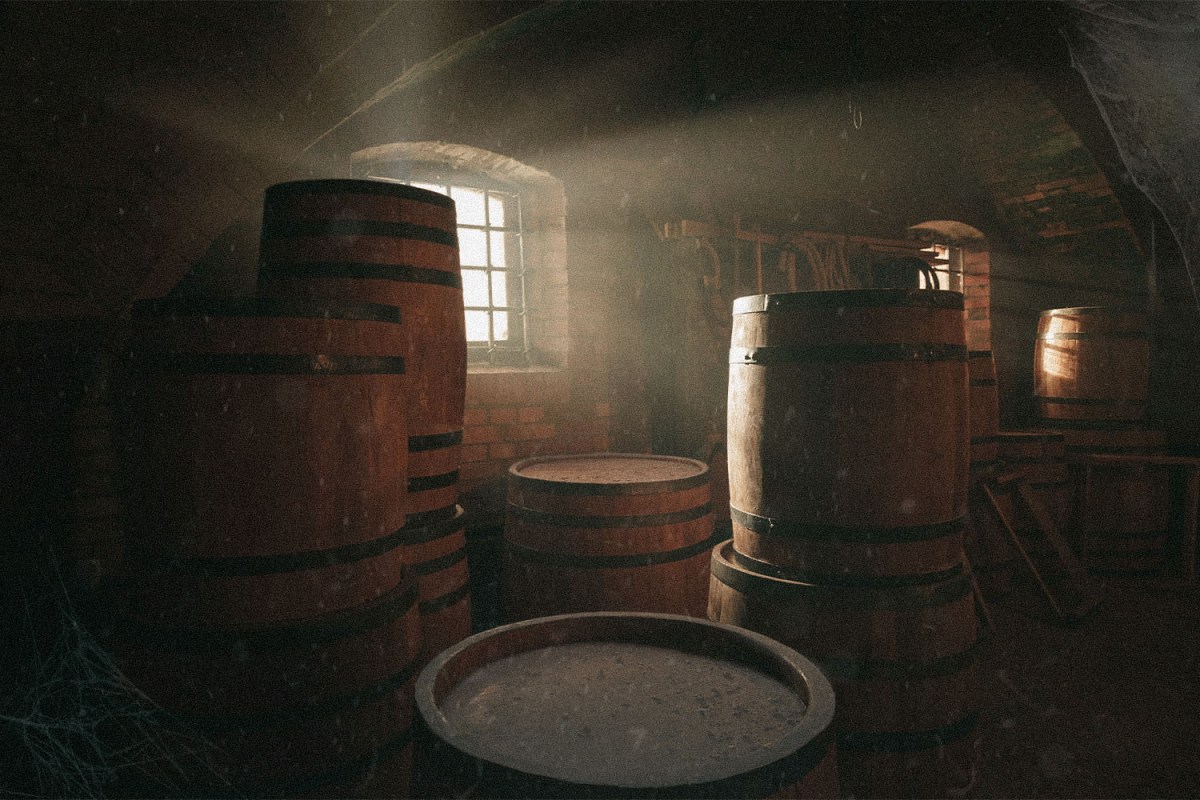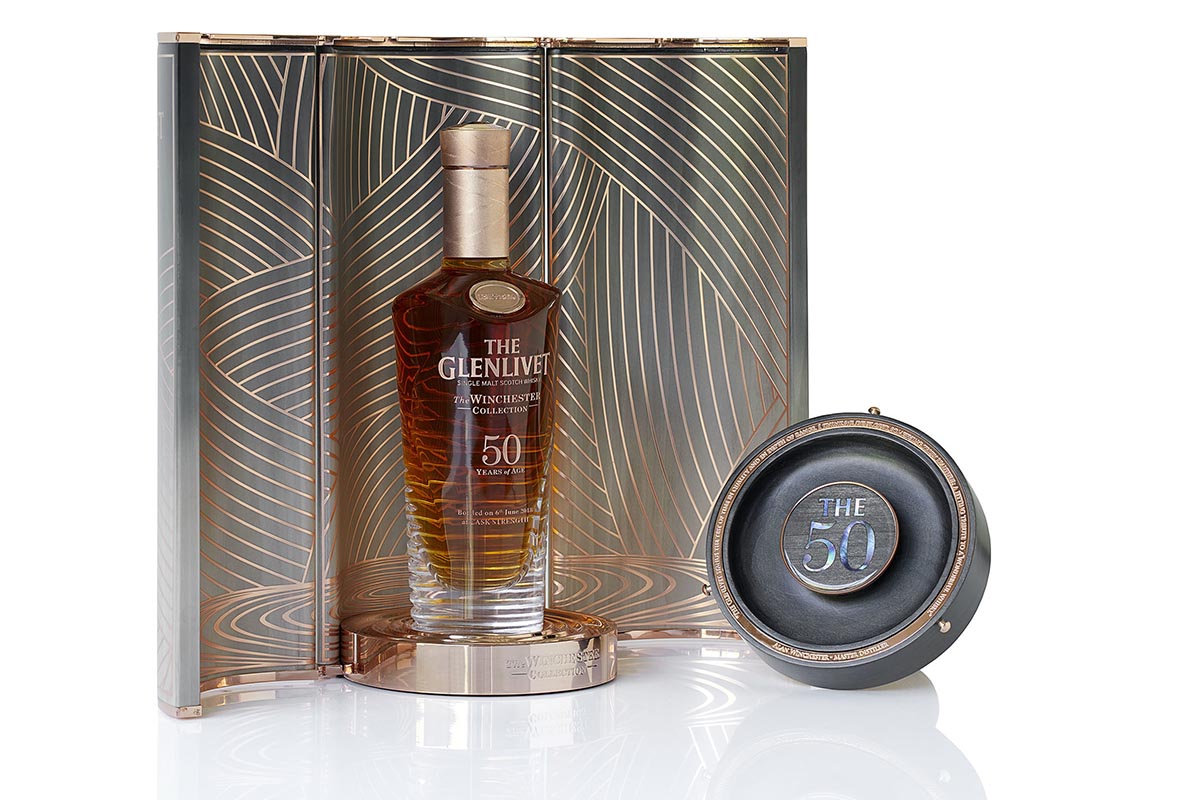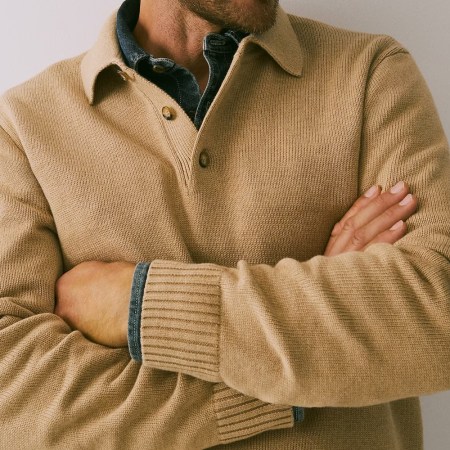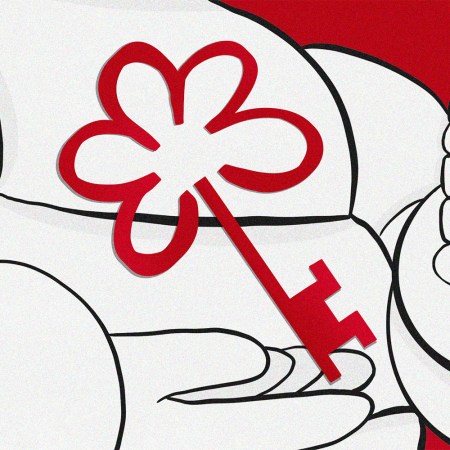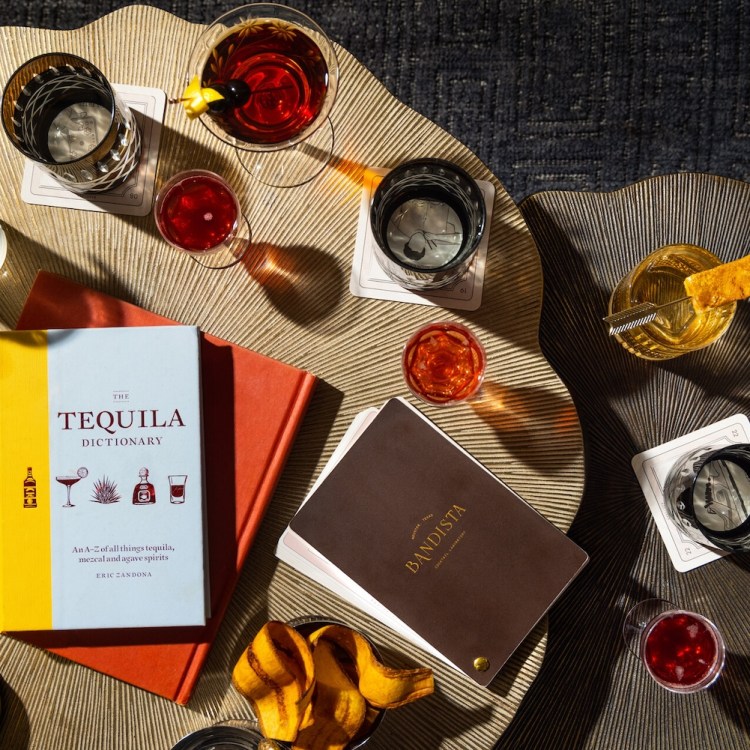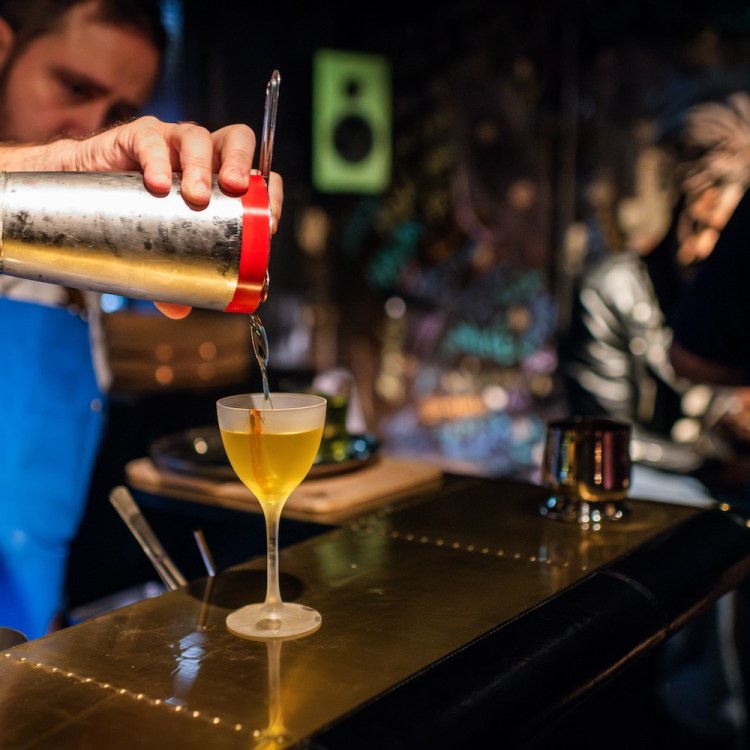For whisky, is 50 the new 25?
Whiskies with aggressive (read: very old) age statements can command top dollar in the marketplace, and those prices certainly reflect the care, time and obstacles that blenders and distillers face when they’re dealing with spirits hitting the half-century mark or more.
But even if the distilleries can face these multi-generational obstacles, the question becomes: Is this extra time really helping the final product?
“Our quest for the liquid is to have that elusive but exhilarating blend of age, character and vitality,” says Colin J.P. Scott, Master Blender for The Last Drop Distillers, a company that specializes in rare and long-aged spirits, including the release earlier this year of 500 bottles of a $4,250 50-Year Old Signature Blended Scotch Whisky (Scott refers to a release like this as “extreme-aged”). “And we still have to maintain the style, character and flavor that is unique to the distillery.”
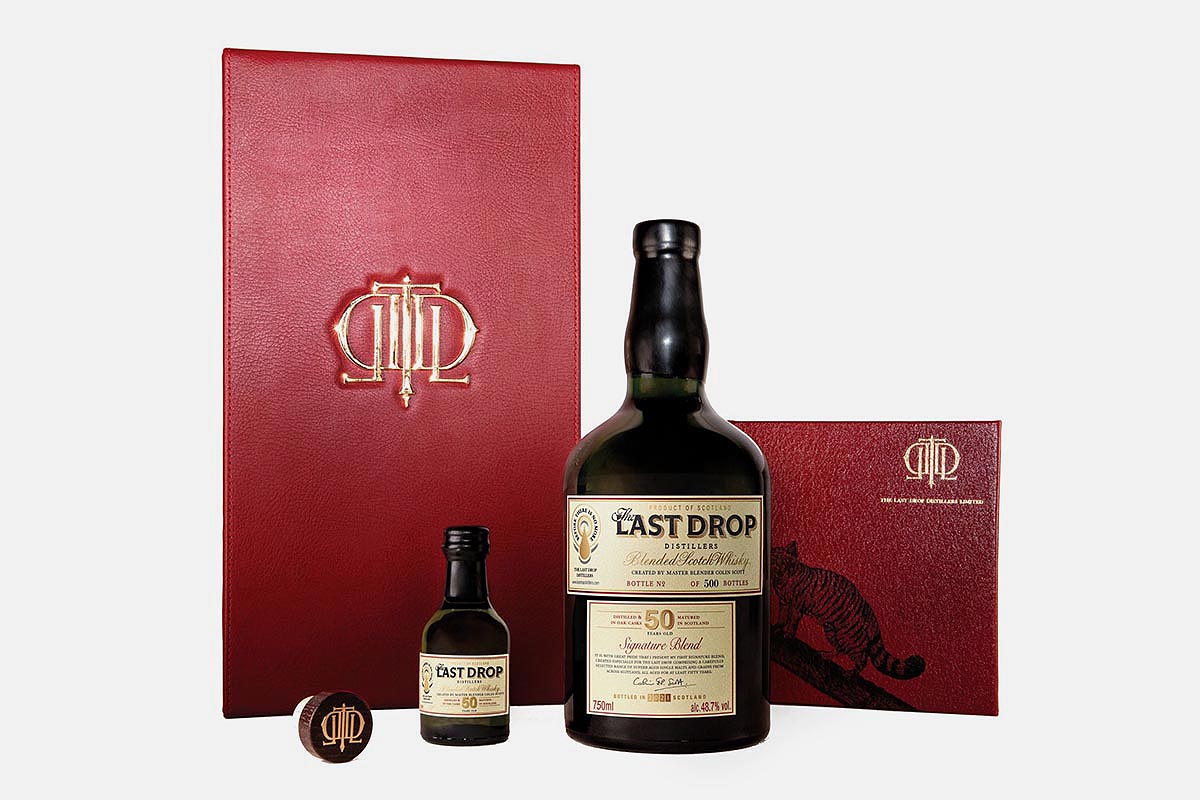
That’s no small feat. There are several issues to consider as the spirit ages: First, you don’t want whisky to develop too much of a “woody” influence. If the angel’s share — aka the amount of whisky lost each year to evaporation — stays at the usual 2% loss per year, well, do the math over 50 years. The alcoholic strength of the whisky can also decrease during maturation, and no distiller wants that number to go below 40% alcohol by volume (ABV), a legal threshold for some spirits.
Thankfully, one potential issue with extra time may not be a real problem. If looked after properly, whisky shouldn’t lose its character as it gets older. “Maturation isn’t a straight line, it’s a curve,” says Richard Urquhart, the head of sales for Gordon & MacPhail, a 126-year-old family-owned whisky creator. “As the whisky gets older, maturation slows down, and changes become more subtle.”
Gordon & MacPhail matches its own casks with spirits from 100 Scottish distilleries, often creating one-of-a-kind bottlings. And those bottles are often very, very old: We’ve tasted bottlings from them ranging from 50 years to their current Generations 80 release, a spirit bottled from the Glenlivet distillery in a G&M bespoke cask back in 1940.
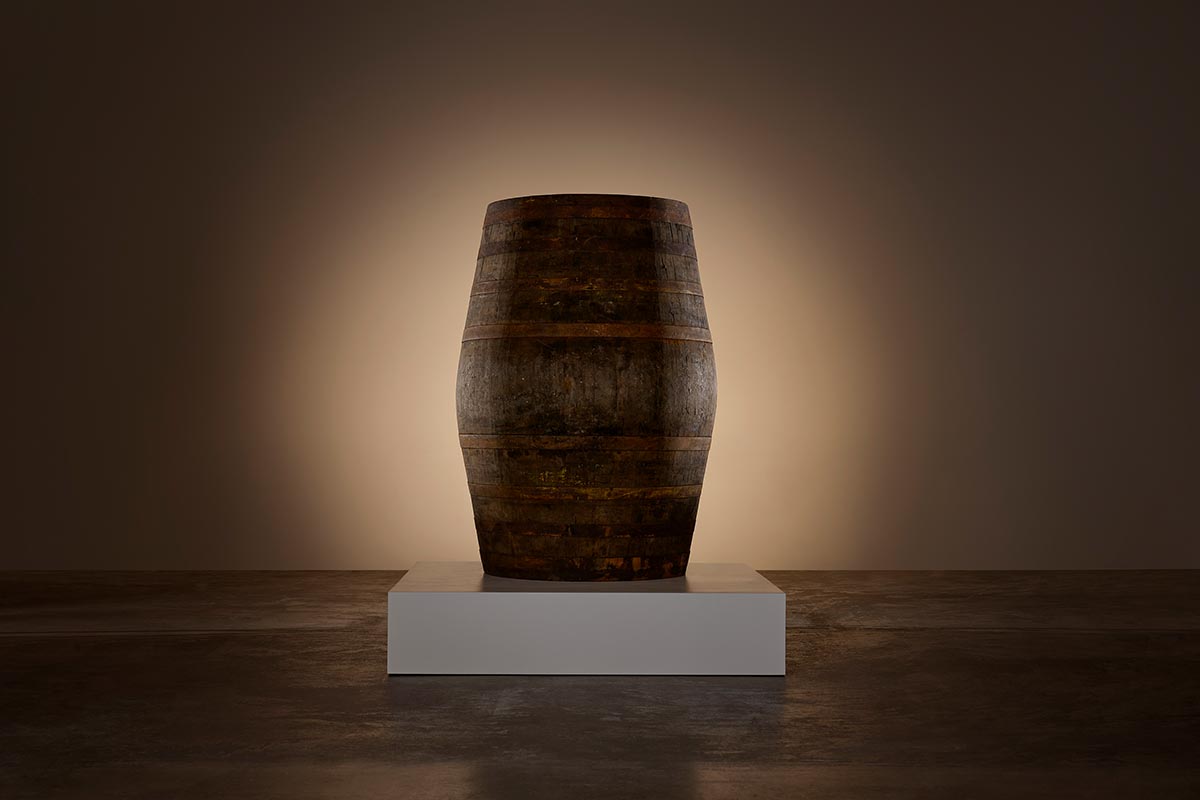
That 80-year-old release was fantastic. As we noted at the time: “The whisky is a vibrant dark amber/gold, with floral notes, orange zest and even a hint of smoke — which is not a common Speyside characteristic today. There’s an oily, syrupy texture here that’s not off-putting, but rather enticing … It’s far more complex and interesting than I’d dared hope.”
But not all whiskies can survive the extreme aging process. “The main challenge is you have to plan and then manage your stocks as they age in your warehouses,” says Ewen Mackintosh, Gordon & MacPhail’s Managing Director. “Each year we plan for a percentage of the whisky we fill to be aged for many years. This will only be certain whiskies which have the character to withstand long-term maturation and they will be matched to specific types of casks — predominantly Sherry butts — to ensure the influence of the wood is kept in balance.”
For angel’s share, Mackintosh notes that they can slow the evaporation depending on how and where they’re storing the casks: “You have to look at the temperature, the humidity and the position of the cask, especially in high-racked warehouses,” he says. The construction of the cask also plays a role: Casks with thicker states, such as Sherry butts and Hogsheads, will result in smaller losses than those with thinner staves, ex-bourbon barrels or casks that have been recharred multiple times.
But it’s a fine line, since you do want some of that loss to happen. “The angel’s share is a natural phenomenon that occurs during maturation in the warehouse, as the oak cask breathes and the spirit reacts with the oak wood, resulting in a loss of volume and strength — but also an intensification of the natural flavors and characters within the spirit,” says Scott. “Preventing the angel’s share would result in the spirit not maturing; the spirit would lack the expected rich and intense flavors.”
One way to keep those characteristics interesting over time is to involve another barrel maturation. Recently, a Glenfiddich 1973 Armagnac Cask Finish Single Malt Scotch Whisky went up for sale on BlockBar, a rare spirits marketplace that utilizes NFTs and cryptocurrency. That experimental release saw 21 of its 46 years of maturation take place in French oak that once held Armagnac. “That French oak doesn’t give a lot of flavor initially. It’s a very gentle maturation,” as Brian Kinsman, the sixth-generation Malt Master at Glenfiddich and Master Blender, said during BlockBar’s launch event.
But the final result, as Kinsman notes, finds that extra time in Armagnac casks amping up the distillery’s trademark soft and fruity notes with some sweetness and hints of oak, vanilla and toffee.
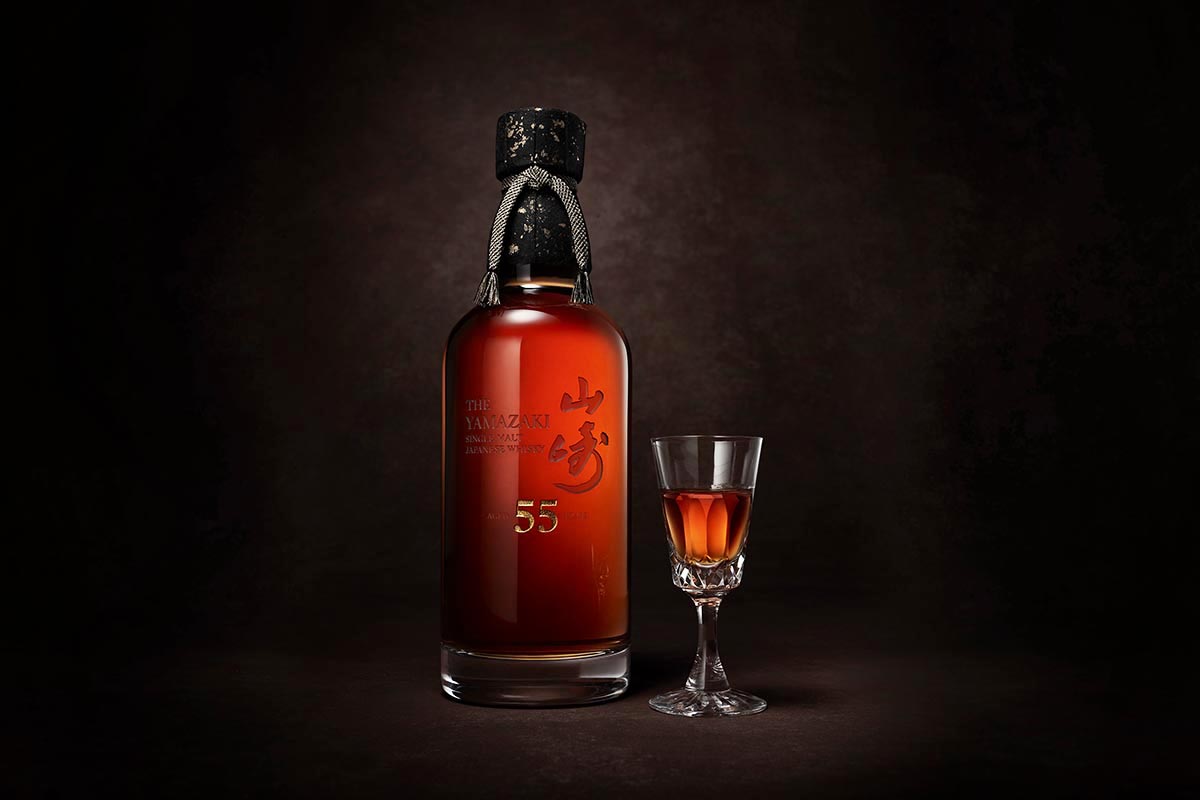
Another recent extreme-aged release, Yamazaki 55, is a blend single malts featuring components distilled in 1960 that were aged in Mizunara casks as well as another distillation aged in white oak casks from 1964. The oldest and rarest release from the House of Suntory, this $60,000 tipple — which, yes, we did try — is a lovely balance of sweet, woody and bitter.
And for this release, blending two separate extra-aged casks helped create a purposely imperfectly perfect final product. “Throughout the process of blending Yamazaki 55, I used as inspiration the passage of time and ‘Wabi-sabi’ — the Japanese belief that imperfections can help to ultimately contribute to perfection,” as Suntory’s Fifth-Generation Chief Blender Shinji Fukuyo noted right after the spirit’s launch. “While I often view other extra-aged whiskies as art, I consider Yamazaki 55 to be more like a Buddhist statue: calm and mysterious, requiring time to truly enjoy the inner beauty.”
So while extremely long aging can actually create a unique spirit, figuring out when that whisky is ready is never a perfect science at any age. Even for an actual scientist like Glenfiddich’s Kinsman. “[For our whisky] it’s knowing the inventory and doing some regular sampling, but you just feel it in your heart when it’s reached its full maturity,” he says. “There’s almost no right answer for when it’s ready.”
Join America's Fastest Growing Spirits Newsletter THE SPILL. Unlock all the reviews, recipes and revelry — and get 15% off award-winning La Tierra de Acre Mezcal.
